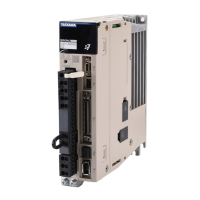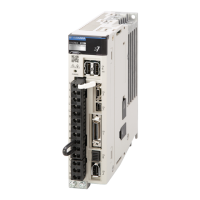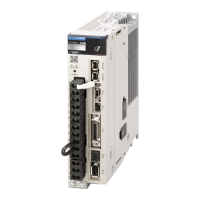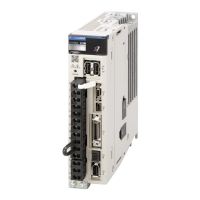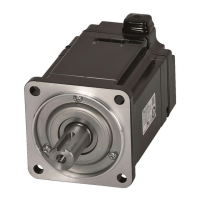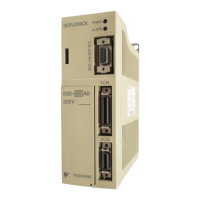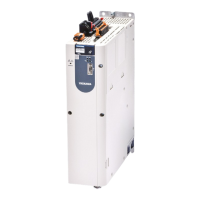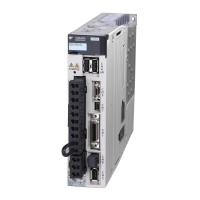6.1 I/O Signal Allocations
6.1.2 Output Signal Allocations
6-6
6.1.2
Output Signal Allocations
You can allocate the desired output signals to pins 1, 2, and 23 to 26 on the I/O signal connector
(CN1). You set the allocations in the following parameters: Pn50E, Pn50F, Pn510, and Pn514.
However, you can also force outputs on the servo command I/O signal (SVCMD_IO) command.
Information is provided here for when signals are allocated with Pn50E, Pn50F, Pn510, and Pn514.
Refer to the following section for details on forcing outputs with the SVCMD_IO command.
6.1.2 Output Signal Allocations - Forcing Outputs with MECHATROLINK-III Commands on page 6-8
Output signals are allocated as shown in the following table.
Refer to Interpreting the Output Signal Allocation Tables and change the allocations accord-
ingly.
Interpreting the Output Signal Allocation Tables
• The signals that are not detected are considered to be OFF. For example, the /COIN (Position-
ing Completion) signal is considered to be OFF during speed control.
• Reversing the polarity of the /BK (Brake) signal, i.e., changing it to positive logic, will prevent
the holding brake from operating if its signal line is disconnected. If you must change the polar-
ity of this signal, verify operation and make sure that no safety problems will exist.
• If you allocate more than one signal to the same output circuit, a logical OR of the signals will
be output.
/BK
123 0
1 and 2 23 and 24 25 and 26
Disabled
(Not Used)
CN1 Pin No.
Brake
Pn50F = X
Output Signals
Output Signal Name
and Parameter
These columns give the parameter settings to use. Signals
are allocated to CN1 pins according to the settings.
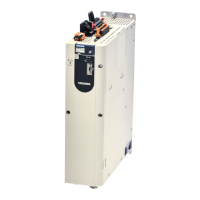
